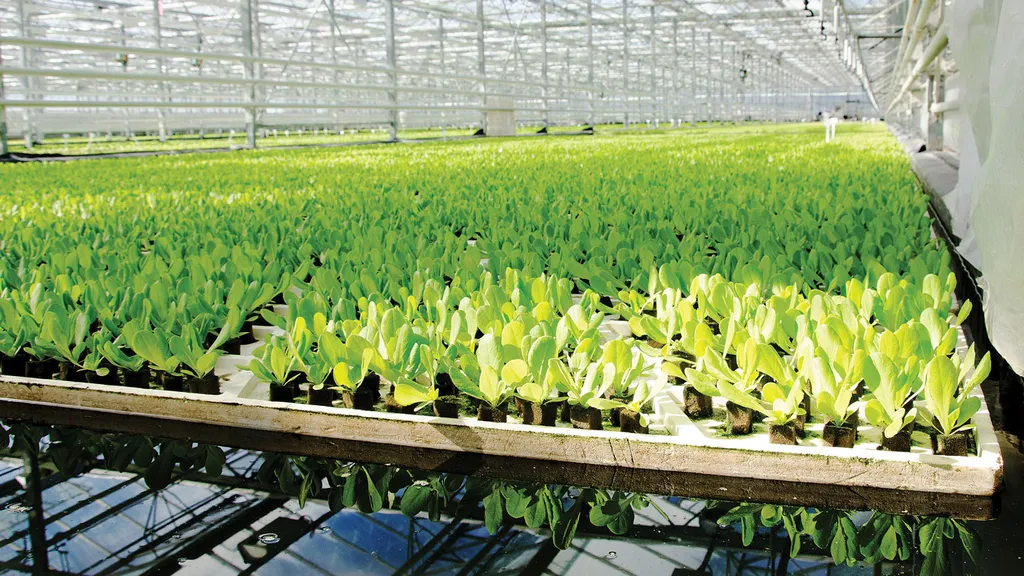In the quest to make agriculture more sustainable, scientists are turning to an unconventional ally: plasma-activated water. This innovative technology, which uses cold plasmas to treat water, is showing promising results in promoting plant growth and resilience, potentially revolutionizing the way we approach food production.
At the forefront of this research is Vanni Antoni, a scientist at the National Research Council Institute for Plasma Science and Technology (CNR-ISTP) in Padova, Italy. Antoni and his team have been exploring the effects of plasma-activated water (PAW) on plants, with striking results. “We’ve seen significant improvements in plant germination, growth, and resistance to both biotic and abiotic stresses,” Antoni explains. “This technology could be a game-changer for sustainable agriculture.”
So, what exactly is plasma-activated water? Plasma is often referred to as the fourth state of matter, distinct from solids, liquids, and gases. When plasma is generated at room temperature (hence the term ‘cold plasma’), it can be used to treat water, creating a mixture of reactive chemical species. This plasma-activated water is then applied to plants, triggering a cascade of beneficial effects.
One of the key findings of Antoni’s research is the role of calcium signaling in plants’ response to PAW. Calcium ions (Ca2+) act as messengers within plant cells, coordinating responses to various stimuli. “We’ve found that PAW triggers a calcium-mediated response in plants,” Antoni says. “This suggests that calcium signaling is a crucial player in the beneficial effects of PAW.”
The potential implications for the energy sector are significant. As the world grapples with climate change and the need to reduce greenhouse gas emissions, sustainable agriculture is becoming increasingly important. According to the Food and Agriculture Organization (FAO), the food system accounts for one-third of global greenhouse gas emissions. Technologies like PAW, which can enhance crop yields and resilience with minimal environmental impact, could play a pivotal role in reducing this footprint.
Moreover, the interdisciplinary approach advocated by Antoni, combining real-time monitoring of intracellular Ca2+ changes with machine learning algorithms, could open up new avenues for precision agriculture. By understanding and predicting plants’ responses to PAW, farmers could optimize their use of this technology, leading to more efficient and sustainable food production.
The research, published in the journal ‘Plants, People, Planet’ (translated to English as ‘Plants, Humans, Planet’), highlights the need for further investigation into the fundamental processes underlying PAW’s effects on plants. As Antoni notes, “The quest for the fundamentals is ongoing. But the potential offered by this technology is immense.”
In the future, we may see PAW integrated into agricultural practices worldwide, contributing to a more sustainable food system. As the global population continues to grow and climate change poses increasingly severe challenges, innovative technologies like PAW could be the key to reconciling our need for food with the need to protect our planet. The journey is just beginning, but the promise is clear: plasma-activated water could light the way to a more sustainable future for agriculture.

